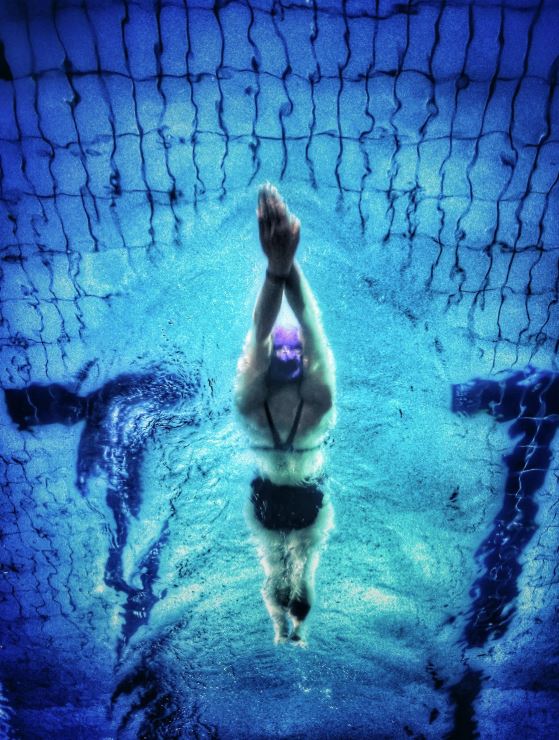Pools Aren’t for Fools: 4 Common Swimming Injuries and How to Prevent Them

Swimming is an indoor or outdoor sport that develops strength and endurance. This activity can also be therapeutic, promoting rehabilitation from a number of ailments. However, as with any sport, there is a risk of sustaining injuries. Fortunately, there are steps you can take to help prevent these injuries, as well as treatments in the event you experience such an injury. Here are four of the most common types of swimming injuries and what you can do to prevent and treat them.
Muscle Cramps
The most common injury, even among casual swimmers, are muscle cramps. Cramps occur when muscles involuntarily tighten and will not relax, causing a severe sharp pain. If this happens, gently stretch and massage the muscle until the pain subsides. Some easy ways to help prevent muscle cramps are taking vitamins high in magnesium and calcium, staying hydrated, and stretching before exercising in the water.
Rotator Cuff Injury
Commonly referred to as "swimmer's shoulder,” rotator cuff injuries are the most common among regular swimmers. This injury may show swelling, and the swimmer will have a sharp pain in their shoulder that gets worse as they extend the arm. To remedy this, be sure to ice the shoulder for 10 minutes a few times a day. To help prevent this, practice your stroke technique and avoid training with tired muscles. Be aware of any sudden increase in training intensity.
Back Injuries
Those who regularly perform the butterfly stroke may suffer from lower back problems. If this happens to you, be sure to take a couple of days of rest before getting back in the pool. If the pain lingers, place a hot compress on the area. Ways to prevent this type of injury are to stretch before working out and strengthening back muscles by practicing squats and dead-lifts.
Neck Injuries
Neck injuries are caused when the swimmer brings their head too far out of the water for a breath of air. If this injury occurs, take a few days rest from the pool and be sure to practice neck-stretching exercises. The best way to help prevent this type of injury is to practice form on flip-turns and strengthen the neck muscles with stretching exercises.
With low-stress impact on the body and combining nearly all major muscle groups, swimming is an excellent sport for many people. That said, there are still some hazards that you should look out for before getting into the water. Follow the above tips in order to prevent and/or treat the most common swimming injuries. Also, be cautious of pool you choose to swim in. And if you find yourself injured as the result of another person’s negligence, don’t hesitate to contact a personal injury attorney.
